Fruit & Vegetable Waste Composting Machine for Sale
The compost machine plays an irreplaceable role in the fermentation and compost of organic waste. In view of the particularity of vegetable waste, SEEC’s crawler type compost turner(it also called hydraulic compost turner)is very suitable for composting vegetable waste. To be honest, composting of organic waste from vegetable has been a problem for a long time. No matter adopt aerobic compost, anaerobic compost or anaerobic – aerobic combined compost, its treatment cost, treatment quantity and product quality can not fully meet the needs of solving the problem of vegetable waste pollution.
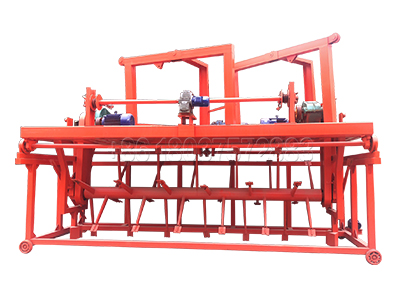
It fills the market gap that the large wheeled compost turner machines can not turn around in situ. No steering wheel required, the driver simply control two bars, then the machine can turn left or right, brake and 180 degrees turn around. Hydraulic balance of steering wheel. The height of the compost turner shaft can be automatically raised and lowered. The fertilizer pile can be forcibly turned or turned at high speed according to the moisture degree of the material.
Features of SEEC Fruit & Vegetable Waste Composting Machine
- Easy to operate, high automatic,only one person enough for all operation.
- Save the site, labor, diesel, and shorten the working time greatly,advanced the fermentation cycle.
- This product has been turned over and separated by soft start. (The other products of the same kind use iron for iron hard clutch, which has a serious damage to the chain,bearing and shaft.)
- Installed front hydraulic push plat, so it is no need to manually take the hole pile.
- There is no harmful and odorous gases in the fermentation process.
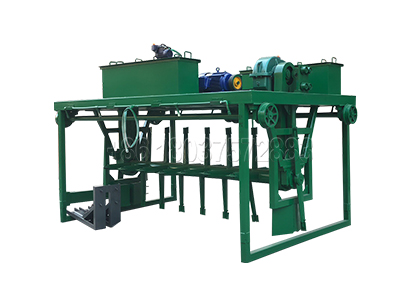
Why Should We Do Vegetable Waste Composting?
Have you ever thought that there will produce a mass of vegetable waste during it go through a series of processes from field to table? Such as harvest, storage, processing, loading, unloading and transportation?
The distribution of vegetable waste mainly generated in vegetable production areas, vegetable distribution centers and vegetable processing sites. According to the statistics of FAO, the waste they produce every year is mainly leaf vegetables and root vegetables, accounting for 71% of all vegetable waste. These inedible vegetable tissues as vegetable scraps are not only diverse and complex, but easy to rot. If we do not dispost them or deal with them in the improper way, they will cause huge waste of resources and pollution to the environment.
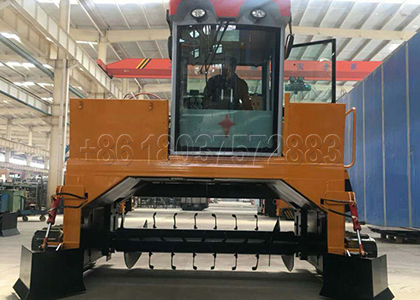
Nowadays, with the continuous increase of vegetable output and the continuous improvement of residents’ requirements on vegetable quality, the output of vegetable waste also increases sharply. Thus, the disposal of vegetable by-products is becoming more and more important. However, the current situation for dealing with them is to discard and pile up arbitrary. It will cause hidden dangers of pollution to soil, water and air. With the progress of science and technology and the improvement of the understanding of organic vegetable compost, the problem of harmless disposal and recycling of vegetable by-products has attracted much attention.
Vegetable Waste Management
Vegetable waste is a kind of organic waste. One of the characteristics of vegetable by-products is that they come from different kinds of ways. While the vegetable was produced, processed, transport and unsalable, their leaves, roots, stems and fruits can be the organic waste. If we dumped the untreated waste into water, or the liquid from the accumulation and decomposition of vegetable waste may flow into the water with rainwater. It will cause water pollution. More seriously, there are much water in the waste that let out the stench which cause air pollution. At the same time, it is easy to breed mosquitoes and flies, spread bacteria, and damage the environmental hygiene and human health.
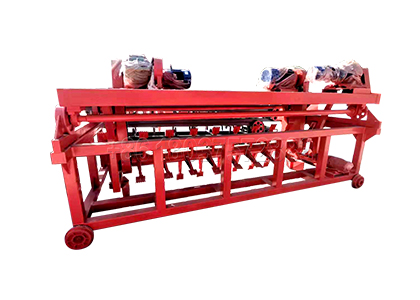
We know that composting is the most suitable method for solving the problem of resource waste and pollution caused by vegetable waste. But due to the high water content and the characteristics of the original microbial community in plant tissues, aerobic composting of vegetable waste requires the following conditions.
- Mixing vegetable wastes with a variety of fluffy materials to increase porosity. It can reduce moisture content and prevent compost material collapsed. Therefore, relevant agricultural experts suggest that we can add 40% hay to compost materials as a regulator.
- The local anaerobic state should be prevented by continuous ventilation and dump (crawler type compost machine can be used).
- Compost products can mix into the initial materials as Microbiological inoculant to accelerate the start of the high temperature phase. Experiments have shown that the addition of 15% wood chips and 5% compost products can achieve better results.
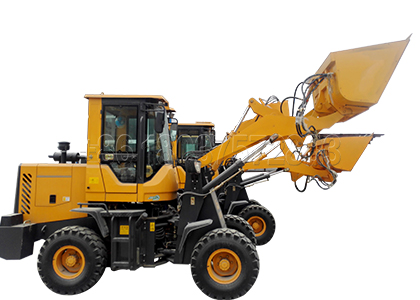
Benefit of Composting Vegetable Waste
- The composting of vegetable waste achieving the sustainable use of resources. And reducing the environmental pollution, such as soil pollution, water pollution and air pollution.
- Compared to chemical fertilizer, organic waste is stable, harmless and resourceful. When we use the fertilizer product by them it can also regulate soil composition and repair soil.
- Promoted the development of organic agriculture and improved the agriculture productivity.
- Organic green food produced under the promotion of organic fertilizer is beneficial to human health. And it will reduce the incidence of disease.
